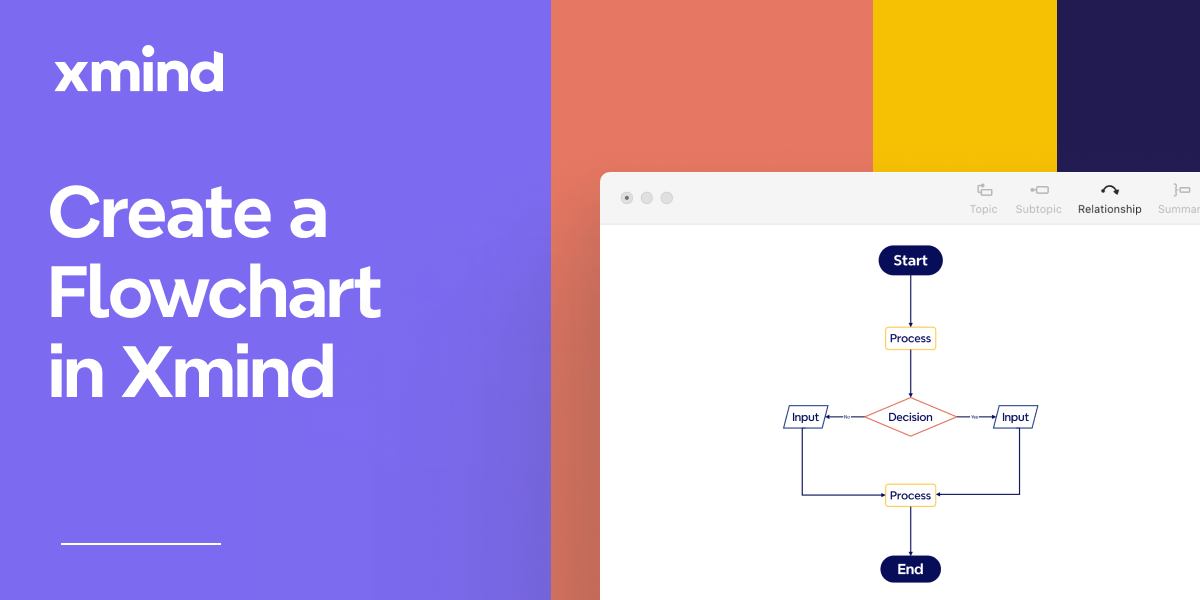Apr 12, 2019
Demystifying the War between Hand-drawn Mind Maps and Digital Mind Maps
Apr 12, 2019
Demystifying the War between Hand-drawn Mind Maps and Digital Mind Maps
It is a war that thousands will join.
The longhand group insists that digital mind maps are trash. The digital side fights back fiercely by throwing out powerful features of the software.
To outsiders, the debate seems to be mind-mapping exclusive. However, when the arguments move on, it is inevitably pointing to a larger issue, on paper or software?

Which one is better? Is it possible to balance between them? The spoiler alert is: Lighten 2 is the answer. But let's resolve the myths of hand-writing and digital typing first.
Benefits of hand drawing
TL;DR: Hand-drawn maps require us to draw on physical material, by hand. The benefits of handwriting are all about interaction between us and the medium. The nature of non-electrical material moves us from distractions. Our motor facilitates the thinking. The sensory experience sparks creativity. Overall the handwriting excels in the thinking process.
Less distraction and focus

Laptops help us achieve more but distract us quickly as well. With swipes and clicks, we start to multitask without knowing. Handwriting, on the other hand, does not provide such a temptation. Our mind can still wander around. But when we are drawing lines and letters, it is wired to process the information triggered by muscle movements.
Better learning effectiveness
According to research published on Psychological Science, using longhand note-taking promotes a deeper understanding of the knowledge on lectures especially on conceptual questions. A cognitive scientist provides his interpretation.
"The information chunking produces in-depth understanding. Because writing and drawing longhand is cumbersome, students tend to digest and paraphrase intensively to follow teaching speed."
That might cause a loss in the quantity of information. However, in the third study of the research, researchers discovered that the increased storage of content does not make up the gap. Students are still lagging behind the longhand group in answering conceptual questions. It seems irrefutable that hand-drawn mind maps beat digital ones in the thinking and learning process.
Serendipity from sensory experience

This ethereal idea is universal in design and art industry. For some designers, the sensory experience of physical materials is a must in their early exploration steps. The sound of pencils, the texture of the paper are believed to be creativity igniters. However, this belief might be a myth and is not universally applicable to everyone.
Benefits of digital typing
TL;DR: The benefits of a digital typing (sketching or drawing) come from the power of programming. The scalability gives rise to knowledge library. The modularity adds more use cases to notes and charts. The batching frees us from repetitive tasks. The sharing adds value to group discussions. Generally, digital typing excels in stages after conceptualizing.
Easy to scale into a knowledge library

The scalability reflects on both the macro and micro level. On the macro level, we have better searchability and traceability. When we are building our knowledge library, it is inconceivable that we cannot search for specific keywords.
With tagging or direct searching, the mind map library is traceable and hence manageable. The traceability gives rise to further development of an idea after the initial draft and possible enrichment by connecting files with the same topics.
On the micro level, a mind map is expandable, up to thousands of nodes! With digital mind maps, space is unlimited. We can dive inside one topic to build another giant map or dive out to see the overall view. The scalability is a strong reason to support digital writing and drawing.
Applicable in more scenarios
Digital tools are highly compatible with other features, making the mind mapping canvas modular. As for software, digital information is only different in terms of data types. We can attach anything relevant inside the topic, regardless of its media types.
Depending on scenarios, digital mind maps can display as an outline, or in the file format of .xmind, or .docx, .xml.
The freedom of switching between display types and data types give more use cases for mind maps. Presentation, brainstorming, info-graphics, time management, you name it. So the modularity is another convincing pro for digital mind-mapping.
Higher efficiency
The making and visualizing process might be tedious. However, with software, batch operations are possible. Shortcuts and quick styling make the once dull process instant. Essentially, the scalability advantage is not mind-mapping exclusive, but programming inclusive. People created coding to free us from dull, robotic jobs. This reason stands strong as well.
Group wisdom

With cloud technology, the feedback loop of a mind map is shortened. Moreover, digital mind maps are sufficient for collaboration regardless of time and location difference. Hence, mind maps add value to the enterprise/team knowledge base. Sharing for group wisdom seems a plausible reason for typing.
How about a compromise
Overall, based on the walk-through on the pros and cons. It is educated to say hand-drawn mind maps excel in the thinking process, while the digital mind maps are more efficient and sufficient in making and sharing stages.
Then it comes to another problem. Both methods are irreplaceable in different stages of creation, can we possibly compromise and mix them?
Moleskine Notebook? Hmmm. Good one but pricey. Moleskine provides a kit of a paper notebook and a smart-pen to sync everything you write on the notes. This sound plausible, except that the price is a bit daunting.
Hand-drawn styling? Hmmm. It helps in visualizing ability, but it does not help thinking. The meaning of hand-drawing is about grasping and understanding concepts. If the whole process excludes hand-writing, we lose the real benefit.
Support stylus? Yes, but it can be better. Supporting free-form mind mapping or stylus on digital devices helps us to think. It beautifully makes peace with other quickly created structured mind maps. However, this solution neglects the flavor of physical materials.
Summary
In summary, we need a solution that combines the benefits of both the experience of hand-drawing and the efficiency of software. On top of that, we want the price to be reasonable. All these dilemmas are starting points of making Lighten 2. Behind the scenes, we also ask ourselves what we want in our lives and what makes us smile. If you'd like to explore more about it, check out the Lighten website to see the latest update.
More Posts
What Is a Venn Diagram: Definition, Applications, and Examples
A Venn diagram is a visual tool to show the logical relationships between different sets. It is commonly used in mathematics, statistics, logic, education, and business to illustrate how sets intersect, overlap, and differ. By understanding Venn diagrams, you can simplify complex data and enhance your analytical skills. This article will explore what a Venn diagram is, its benefits, how to create one using different tools and provide examples and templates to get you started. For a seamless experience in creating Venn diagrams, we recommend using Xmind or Xmind AI for their powerful features and user-friendly interface.

How Mind Mapping Tools Elevate Project Management
Explore how mind mapping tools can elevate your project management process. Learn how these tools enhance workflow efficiency, improve team collaboration, and simplify complex project tasks. Whether you're planning, organizing, or tracking projects, discover the benefits of integrating mind mapping into your project management strategy.

Flowchart Essentials: Definition, Templates, and Free Softwares
Discover the power of flowcharts with our detailed guide. Learn what a flowchart is, explore practical use cases, and discover how to create and optimize them using softwares like Xmind and Xmind AI for enhanced workflow efficiency.


One space for all your ideas
Organize thoughts, visualize structures, connect ideas, and unlock insights.
Get Started for Free


